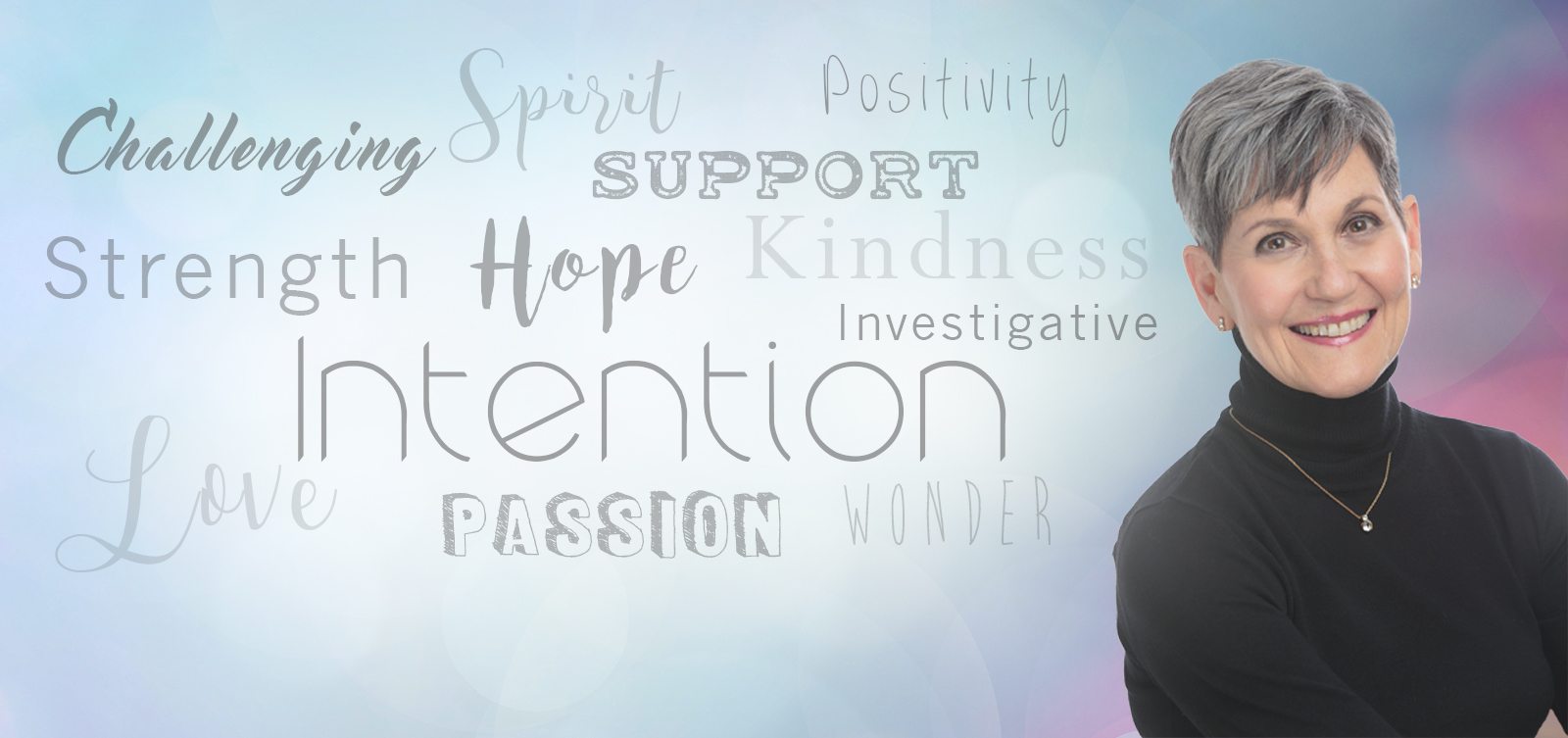
Dean Radin the celebrated scientist from the Institute of Noetic Sciences, once made an important discovery: that we often receive a physical foreboding of an event. He set up a computer that would randomly select photos designed to calm, to arouse, or to upset a participant.
His volunteers were wired to physiological monitors that recorded changes in skin conduction, heart rate and blood pressure, and they sat in front of a computer that would randomly display color photos of tranquil scenes (landscapes), or scenes designed to shock (autopsies) or to arouse (erotic materials).
Radin was fascinated to discover that his subjects were registering physiological responses before they saw the photo. As if trying to brace themselves, their responses were highest before they saw an image that was erotic or disturbing.
Â
Â
Dean Radin the celebrated scientist from the Institute of Noetic Sciences, once made an important discovery: that we often receive a physical foreboding of an event. He set up a computer that would randomly select photos designed to calm, to arouse, or to upset a participant.
His volunteers were wired to physiological monitors that recorded changes in skin conduction, heart rate and blood pressure, and they sat in front of a computer that would randomly display color photos of tranquil scenes (landscapes), or scenes designed to shock (autopsies) or to arouse (erotic materials).
Radin was fascinated to discover that his subjects were registering physiological responses before they saw the photo. As if trying to brace themselves, their responses were highest before they saw an image that was erotic or disturbing.
This offered the first laboratory proof that our bodies unconsciously anticipate and act out our own future emotional states and that the nervous system does not merely cushion itself against a future blow, but also works out the emotional meaning of it.
Heartfelt information
Dr Rollin McCraty, executive vice-president and director of research for the Institute of HeartMath, in Boulder Creek, California was fascinated by the idea of physical foreboding of an event, but wondered where exactly in the body this intuitive information might first be felt.
He used the original design of Radin’s study with a computerized system of randomly generated arousing photos, but hooked up his participants to a greater complement of medical equipment.
McCraty discovered that these forebodings of good and bad news were felt in both the heart and brain, whose electromagnetic waves would speed up or slow down just before a disturbing or tranquil picture was shown. It was true that the brain was a seasoned forecaster; all four lobes of the cerebral cortex appeared to take part in this intuitive awareness.
But most astonishing of all, the heart appeared to receive this information moments before the brain did. This suggested that the body has certain perceptual apparatus that enables it continually to scan and intuit the future, but that the heart holds the largest antenna.
Only after the heart receives the information does it communicates this information to the brain.
The heart’s ‘brain’
McCraty’s conclusion – that the heart is the largest ‘brain’ of the body – has now gained credibility after research findings by Dr John Andrew Armour at the University of Montreal and the Hôpital du Sacré-Coeur in Montréal. Armour has discovered neurotransmitters in the heart that signal and influence aspects of higher thought in the brain.
McCraty discovered that touch and even mentally focusing on the heart cause brain-wave entrainment between people. When two people touched while focusing loving thoughts on their hearts, the more ‘coherent’ heart rhythms of the two began to entrain the brain of the other.
This latest evidence is further proof of the holistic nature of our bodies. Scientists have made much of the fact that the gut is the ‘second brain’ because it has neurotransmitters of its own that made certain decisions and then inform the brain.
However, we now know that the heart is more than a metaphor for our emotional responses; is its own intelligence center, in fact the body’s most important center of perception, with the highest level of intelligence.
It is the still small voice inside us that our very limited brain needs to learn to turn to.

mexico pharmacies prescription drugs: Online Pharmacies in Mexico - mexican mail order pharmacies
indianpharmacy com http://indiaph24.store/# online shopping pharmacy india
world pharmacy india